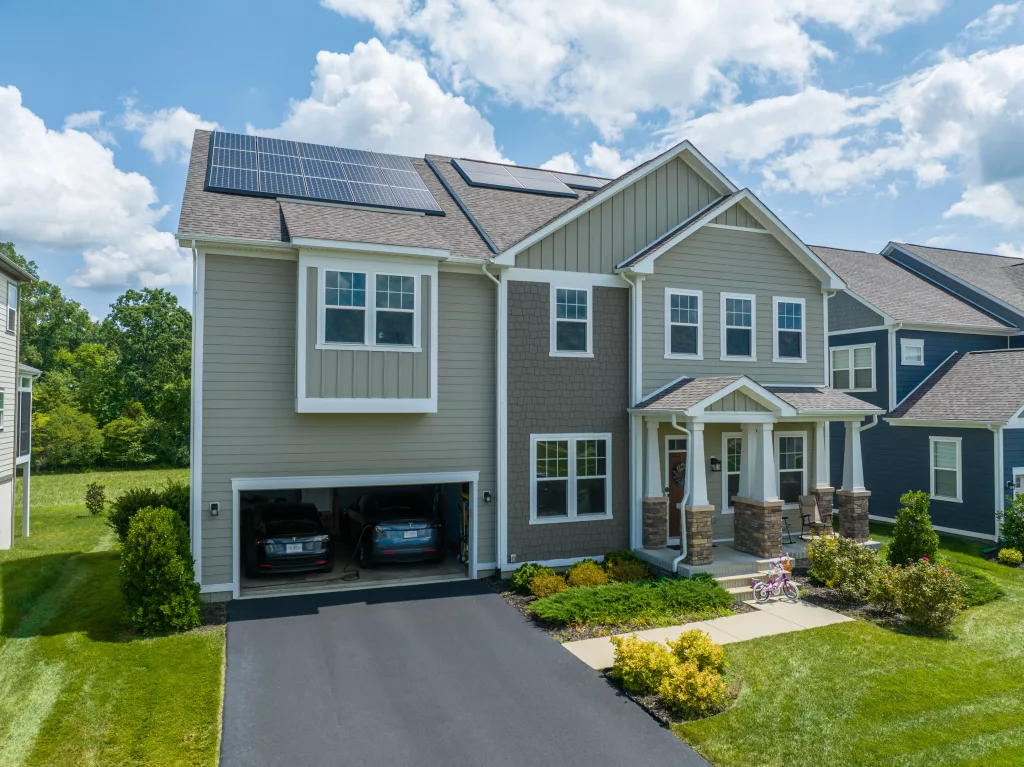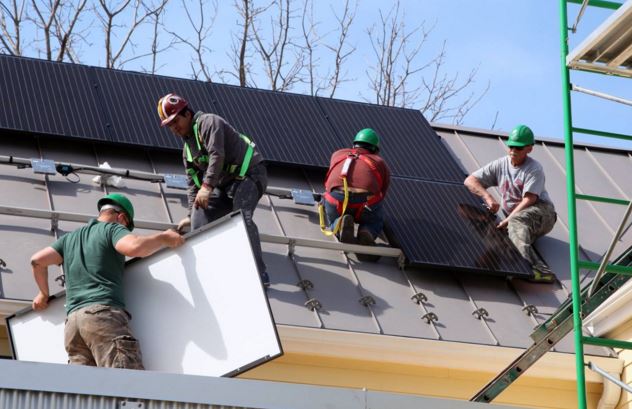According to the American Council for an Energy-Efficient Economy, the average household spends more on water heating than any other energy cost besides heating and cooling. That water heater tank hidden in your closet or down in your basement is working non-stop to keep the water warm and to heat up the cold water that refills it after each use. You don’t need to switch to cold showers to save money—you can reduce your costs greatly by taking a handful of simple steps.
Energy Efficiency & Conservation
Be a part of the energy solution –find out how you can participate in reducing demand. Learn about 10 easy, do-it-yourself projects that will make your home more energy efficient.
Program Your Comfort
Heating and cooling costs tend to be the single largest component of your utility bill. Instead of leaving your heat or air conditioning on full blast when you’re not home, install a programmable thermostat for your system.
Follow the Sun
A simple way to reduce home energy costs is to use your existing window blinds to help maximize your comfort, changing and adjusting them with the season. In the winter, open the blinds on the windows that face south to let some sunshine and heat in during the day, and then close them at night. In the summer, be sure to keep the blinds and curtains on the south side of your house closed to protect against the sun’s rays heating up your otherwise nicely air-conditioned interior.

Is Your Home Wasting Energy?
A home energy audit can be a very good investment, particularly if you have an older home.
Kill the ‘Phantoms’
Electronics and miscellaneous appliances are the second largest category of home electricity usage — nearly $200 for the average household. “Phantom power” or situations where these devices are using electricity even when you think they are “off” are the reason. Often (but not always) that little green light that is still glowing is a tip-off.
Add a Blanket
Upgrading your attic insulation can dramatically reduce your heating and air conditioning costs, improve the value of your home, and add to your day-to-day comfort. While this project may cost you $200 or more, once it’s in place it will allow you to save money on your energy bills for the life of your home. And more good news is that your insulation material may qualify you for a federal tax credit.
Insulating Your Attic Door or Hatch
In most homes, the attic door or hatch, is a framed plywood square in the ceiling of a hallway or bedroom, with no insulation above it. Without insulation, it is like having an open door to the outside or an open fireplace flue.
Light Right
The average household dedicates about 5% of its energy budget to lighting every year, with much of the cost owing to the few lights that are on the most. So switching those frequently used bulbs to light-emitting diodes (LEDs) is the place to start. Find the 10 lights you use most, and the lights you use at least one hour per day, and make the change.

It’s Not Just for Homeowners
The ten energy efficiency improvements outlined on our website make sense for more than just homeowners.
Dial it Back a Notch
Your appliances are wonderful modern conveniences — however for the average Virginia household there are significant energy costs. You can save 10% or more on these costs through two easy steps, without any appreciable effect on your day-to-day lifestyle or comfort.
